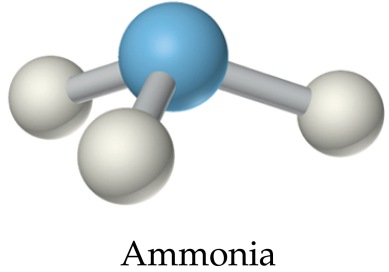From CleanTechnica, May 10:
Why, it seems like only yesterday that ExxonMobil was forecasting a rosy scenario for fossil gas in the sparkling green economy of the future. Now along comes rival BP with a deep dive into green hydrogen. Renewable energy is already threatening gas in the power generation market, and if all goes according to plan renewable H2 will push gas out of the coveted industrial energy marketplace, too.
The Fossil Gas & Hydrogen Connection
For those of you new to the topic, the huge global market for hydrogen overlaps with fossil gas, aka natural gas. Hydrogen doesn’t just pop up out of nowhere. It has to be produced, and right now the main source of hydrogen is fossil gas.
All sorts of hydrogen-reliant industrial activities, from fertilizer and food to fuel and pharmaceuticals, have been pushing the market for gas.
Gas is also being touted as a cleaner alternative to coal, for steel-making, and for other industrial processes that require heat. This is all on top of the electricity generation sector, in which low cost fossil gas has successfully squeezed coal to second-rate status while laying dubious claim to the “cleaner” title.
No wonder ExxonMobil has continued to envision a strong position for fossil gas. In a report dated August 28, 2019, the company’s energy demand forecast for 2040 leaned on growth in both the industrial and electricity sectors to conclude that “natural gas grows the most of any energy type, reaching a quarter of all demand” by 2040.
From Fossil Gas to Green Hydrogen
Dream on, Klingon. Even before the COVID-19 crisis upended the global economy, the threat of green hydrogen was already looming on the horizon
Green hydrogen, also referred to as renewable hydrogen, can be produced from water by applying an electrical current. Source the electricity from renewable energy, and there you have sustainable hydrogen from renewable resources.
Green hydrogen has yet to plant its feet in the commercial market, but the technology has been improving and costs have been coming, partly because the cost of renewable energy has been dropping.
Back in 2017, BP revived its once-dormant interest in solar power by forming a 50/50 partnership with the solar company Lightsource to form Lightsource BP, and it seems that the partners are already looking beyond clean power to dip into the renewable hydrogen field.
Last week BP Australia announced that it has been greenlighted to explore the idea of producing ammonia with renewable hydrogen at a facility in Geraldton.....MORE
Ammonia is currently made from fossil gas and other gassified fossils. It is mainly used as a fertilizer but it has many other applications in manufacturing as well as refrigeration and water purification. Cutting fossils out of that market would be a big deal — and the Geraldton project is aimed at the global market as well as sales in Australia....
*See:
May 8
"Australia launching an Advancing Hydrogen Fund, set to become hydrogen exporter"
December 2019
Baby Steps: Australia Issues National Hydrogen Strategy
There are all sorts of arguments both arcane and germane surrounding the particulars of the Aussie document, is it green enough, is there political will to power over speed-bumps etc but the fact the plan was thought out is the takeaway here.
August 2018
This Could Be A Big Deal: Norway's Yara and the Australian Nitrogen Economy
June 2019
"A Major Existential Threat Is Arising For Natural Gas"
...One approach NH3 - ammonia - three hydrogens attached to a nitrogen:

Credit: This Condensed Life
Shipping: "UK Department of Transport recommends launch of ammonia / hydrogen powered vessels within 5-15 years"
Ammonia, it's what everyone is talking about.
And if your crowd isn't, you'll be the best-informed next-gen energy storage/transport-medium connoisseur at the Thursday afternoon salon!
Feb. 2019
Electricity: Here Come The Big Batteries
This is a very tricky time for end users weighing their options for long-lived energy storage infrastructure.
This article focuses on lithium ion batteries but there are a couple other battery technologies that work for large scale uses that don't work for vehicle applications, see links below.
Additionally the use of ammonia (for the hydrogen) as an energy storage medium is being persued by some very big players, Yara, Siemens, and the U.S. ARPA-E researchers to name just three.
And as Australia is finding out with their giant Tesla lithium battery, the things don't work so well in extreme heat. Ditto for extreme cold as the owners of electric vehicles found during the recent polar vortex experience....
And many, many more.
Use the 'search blog' box if interested.